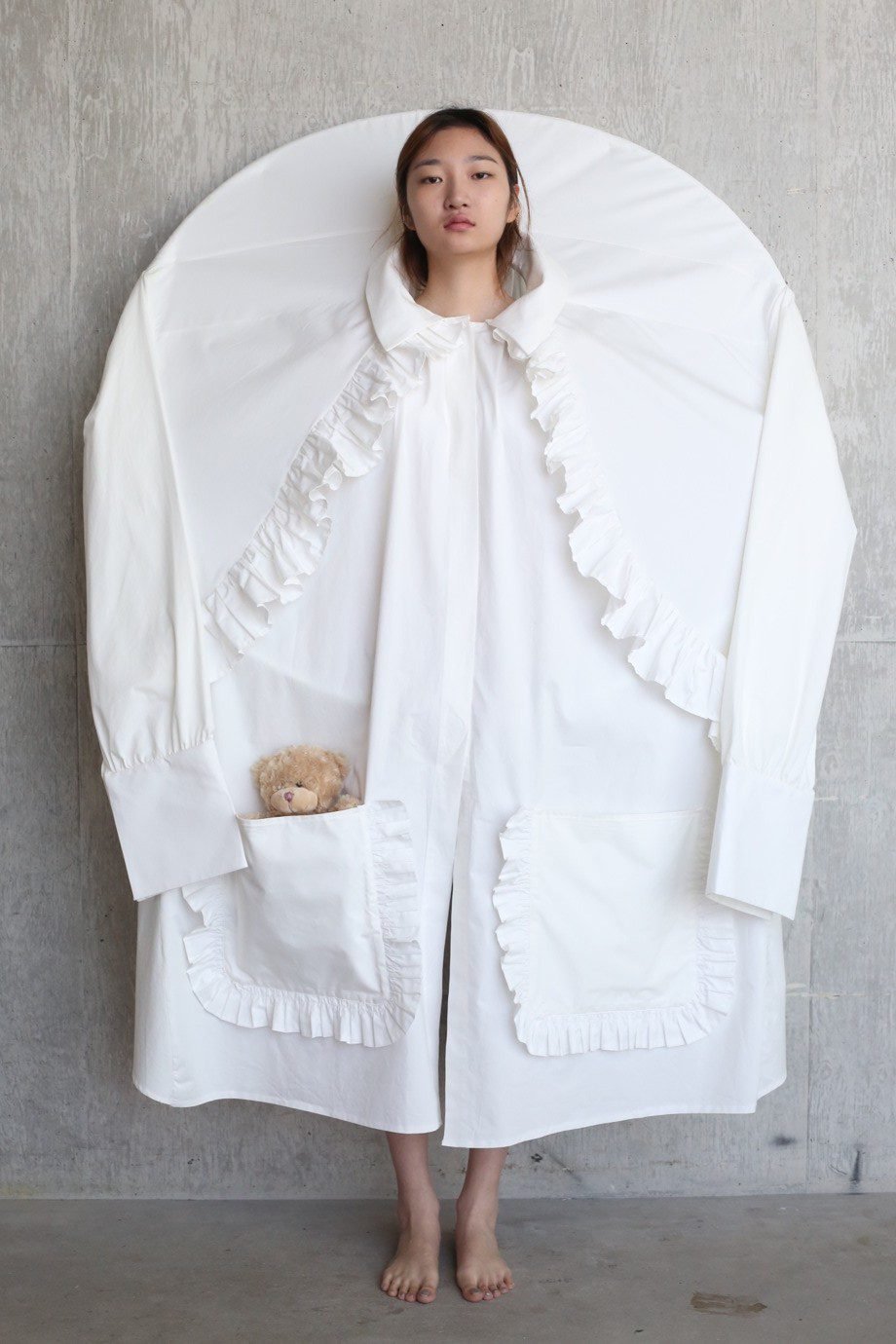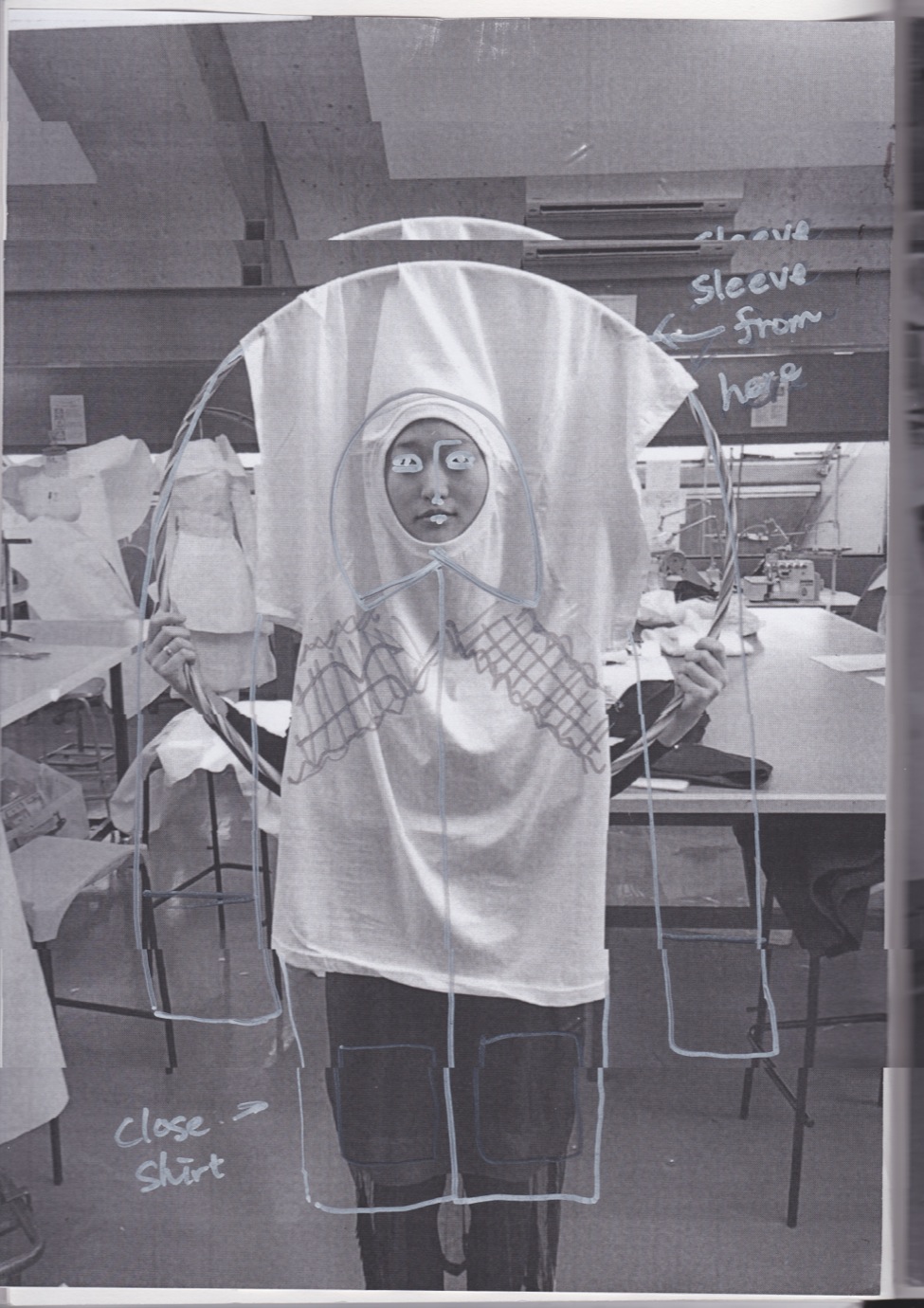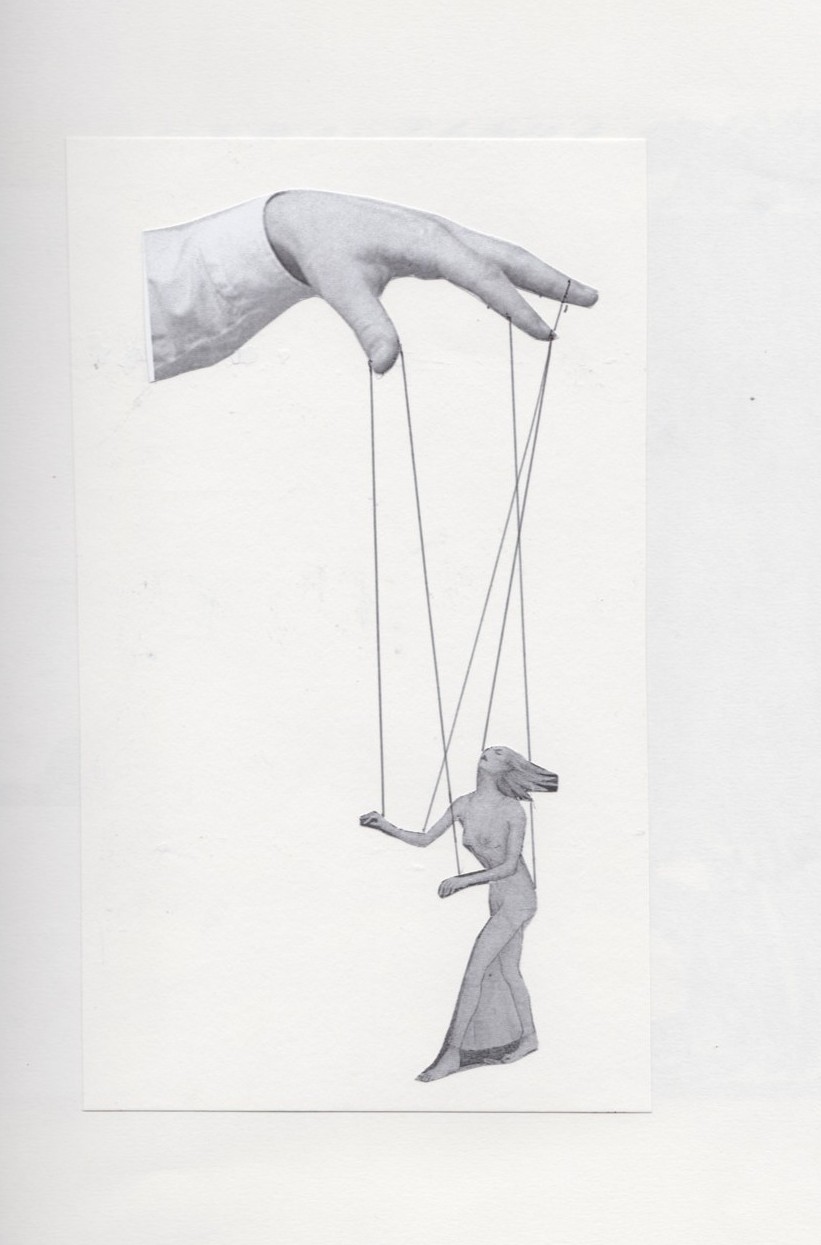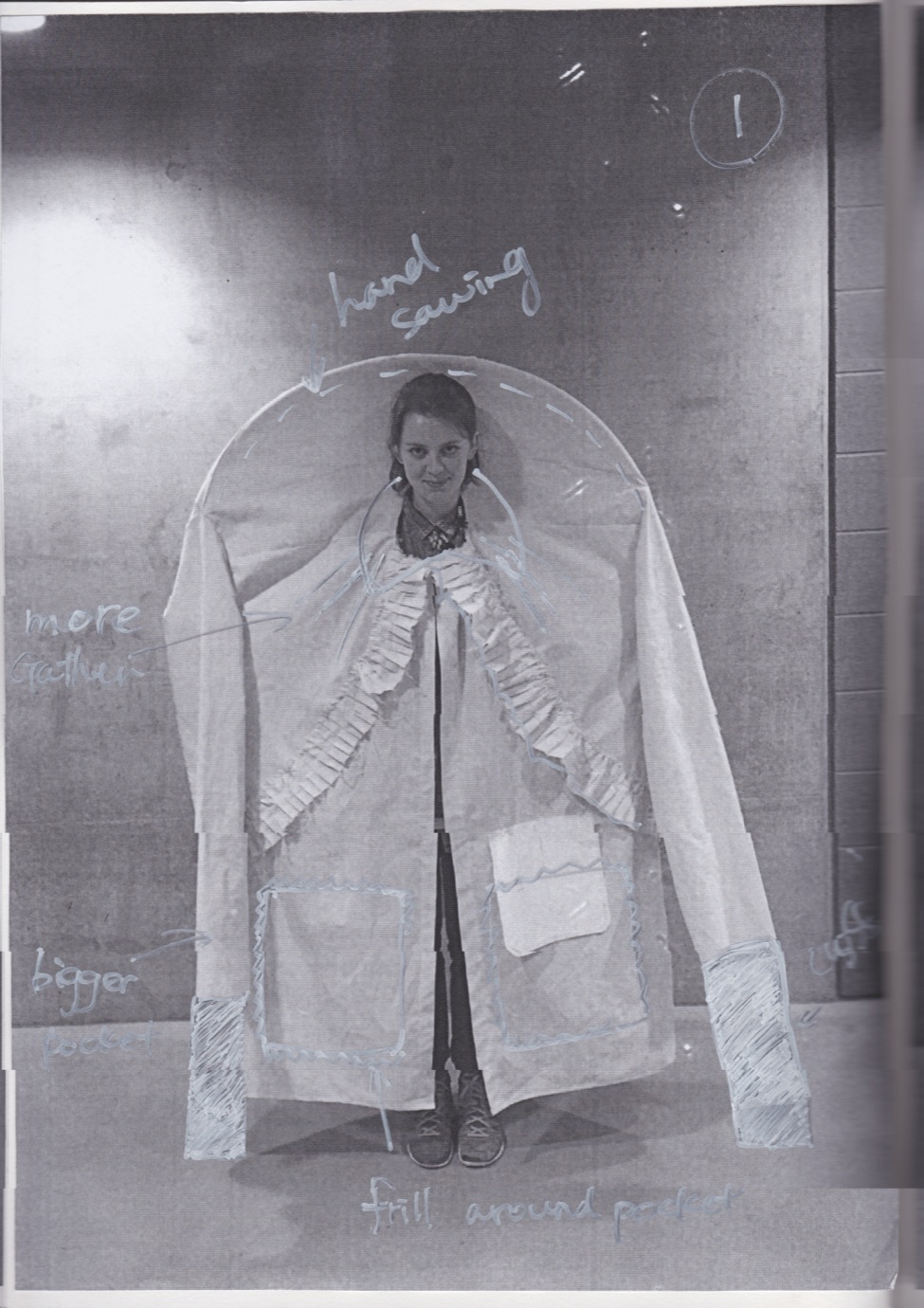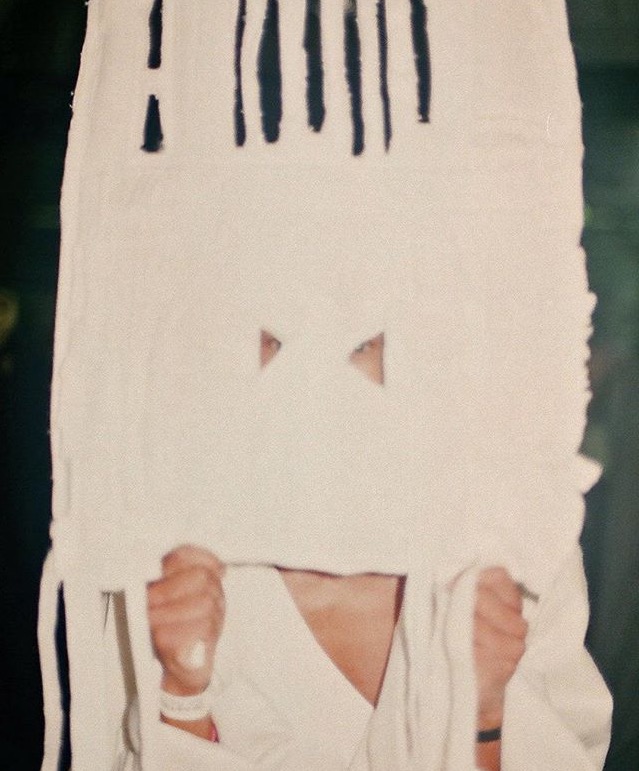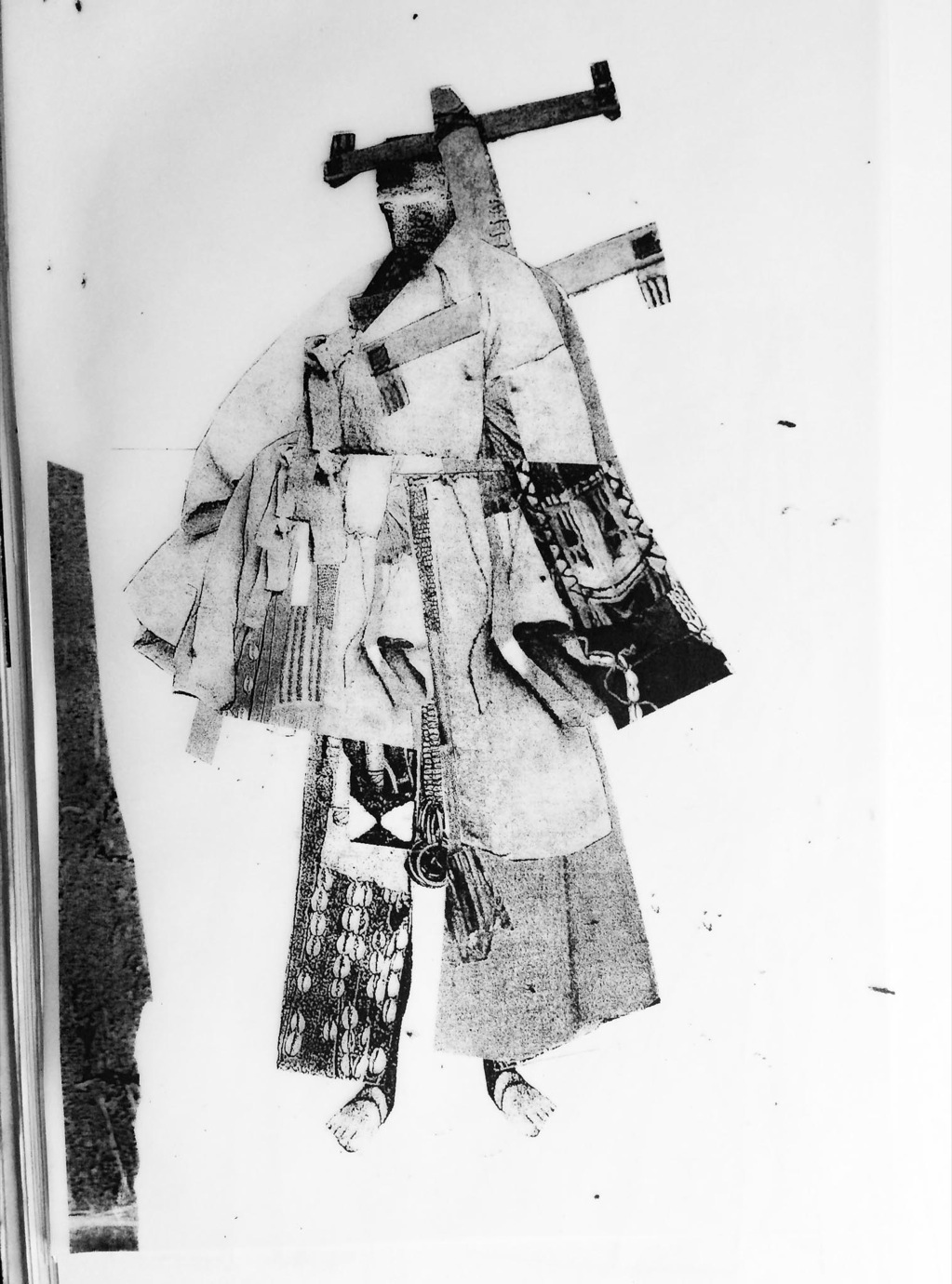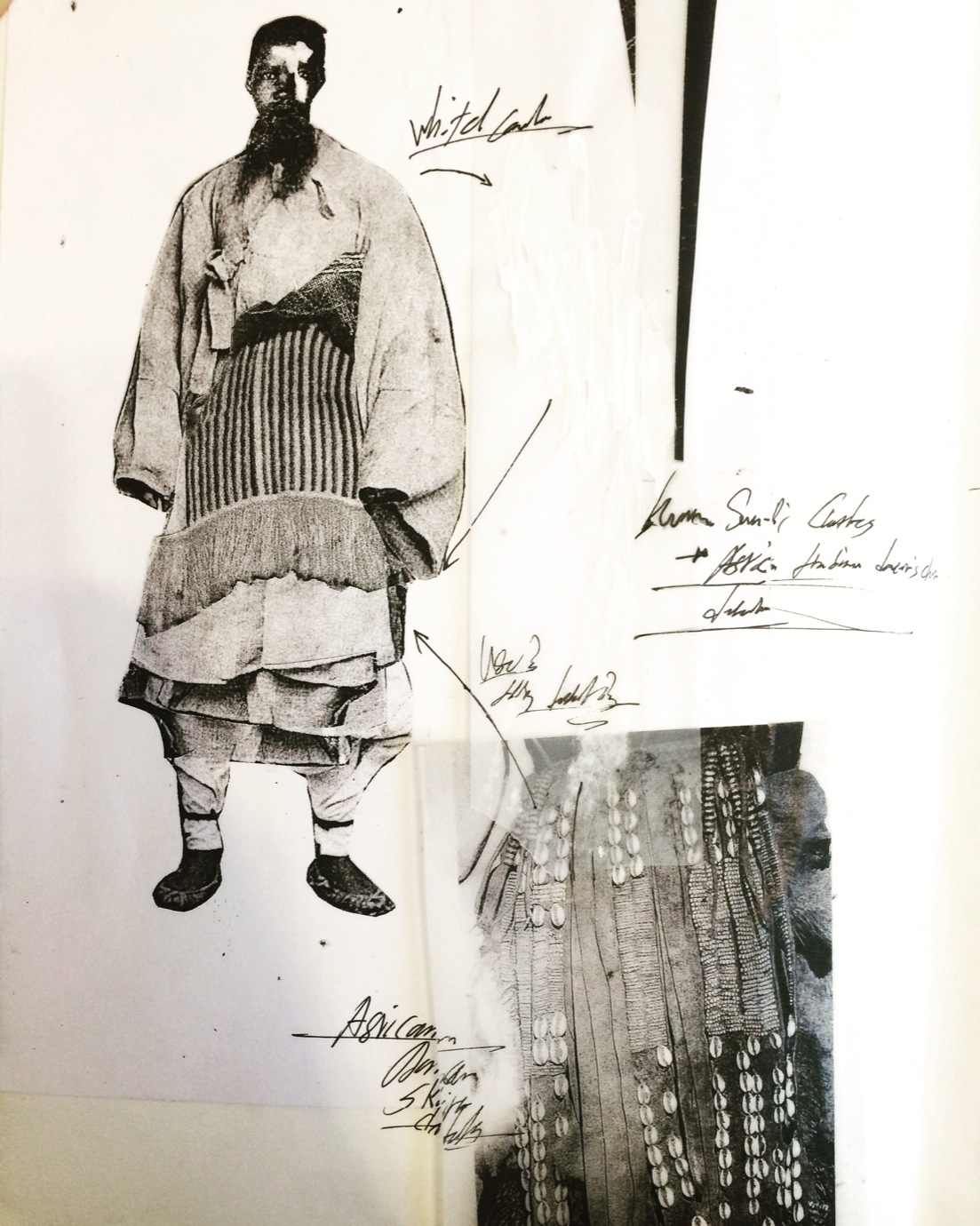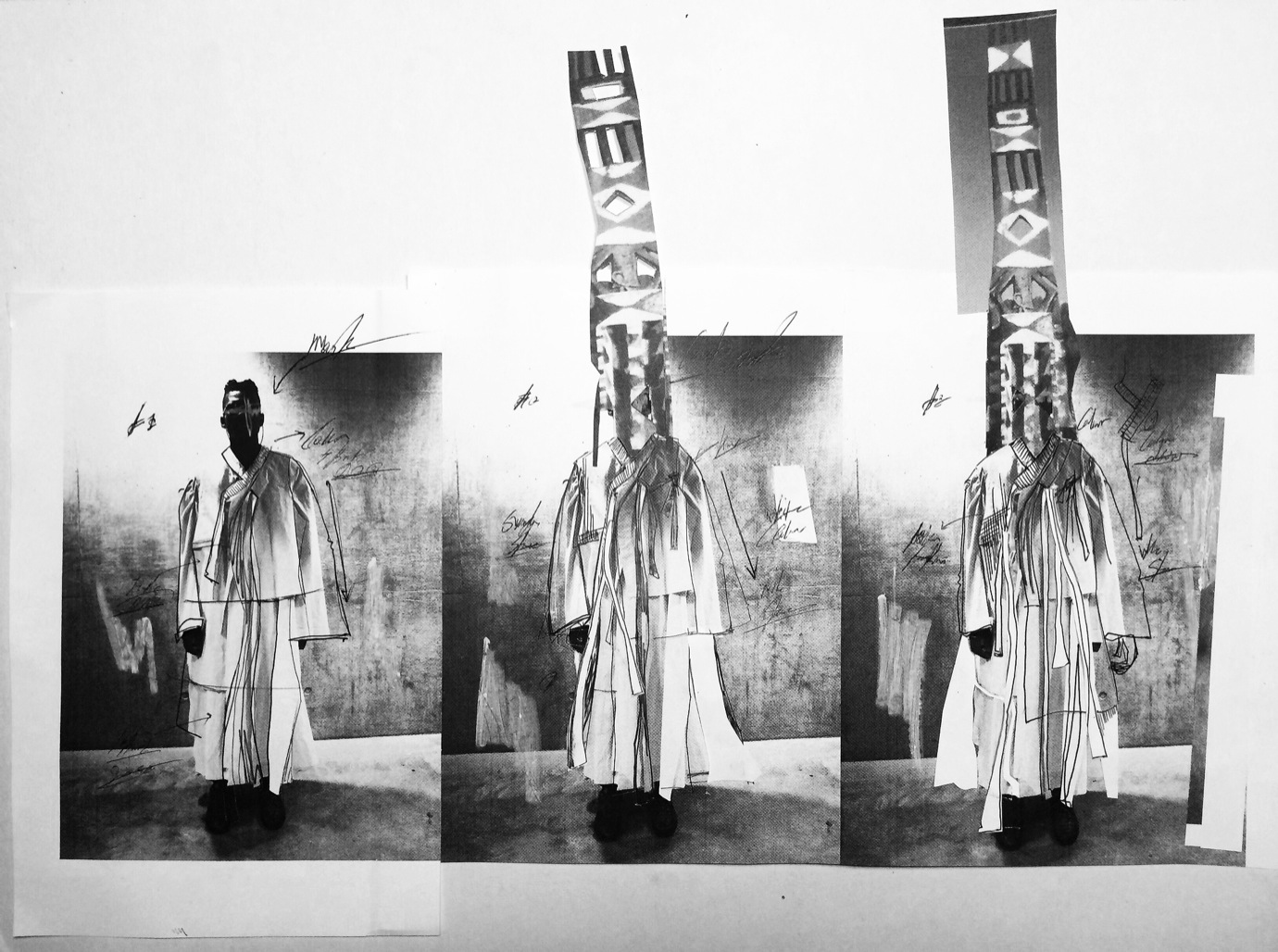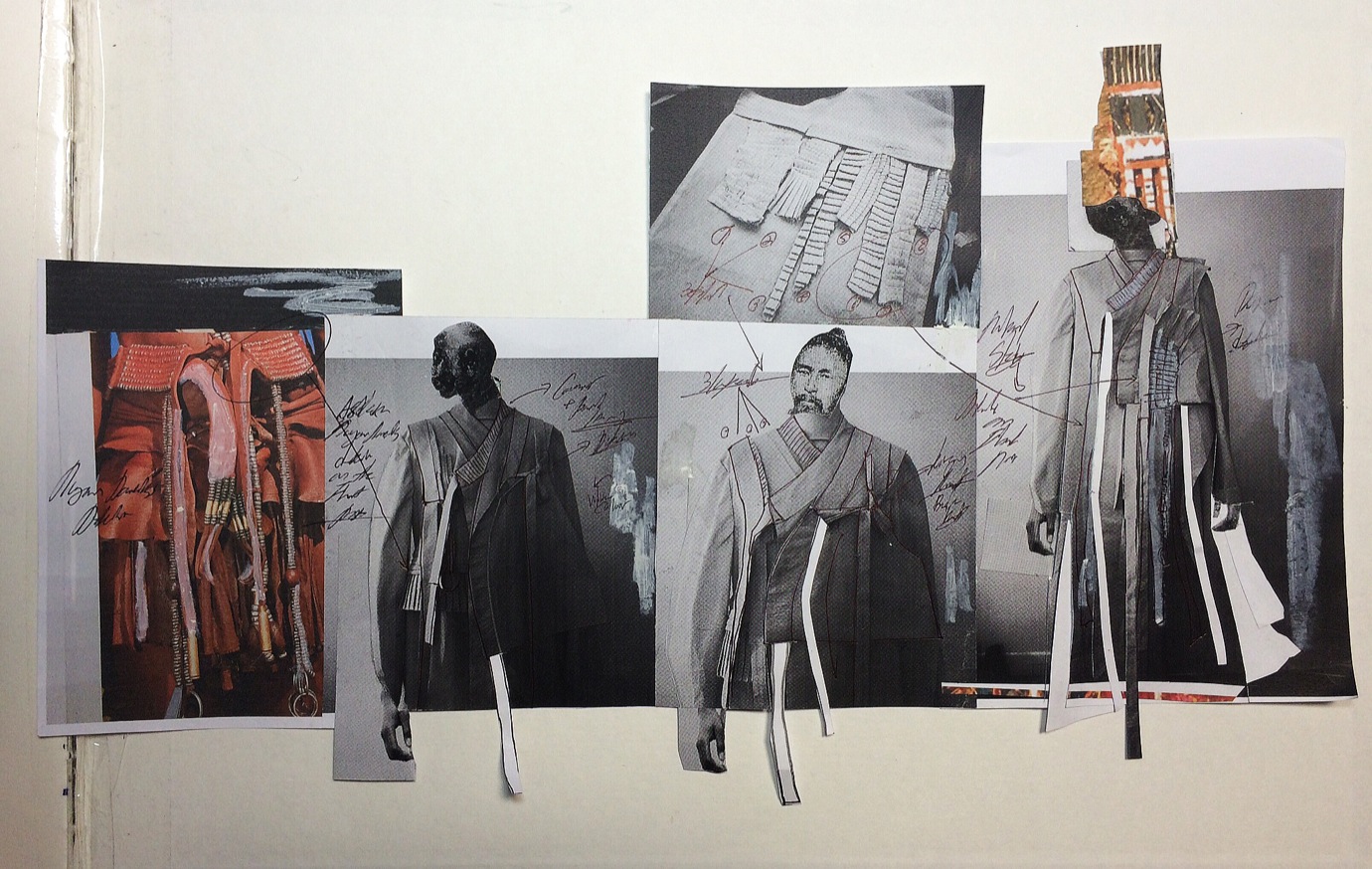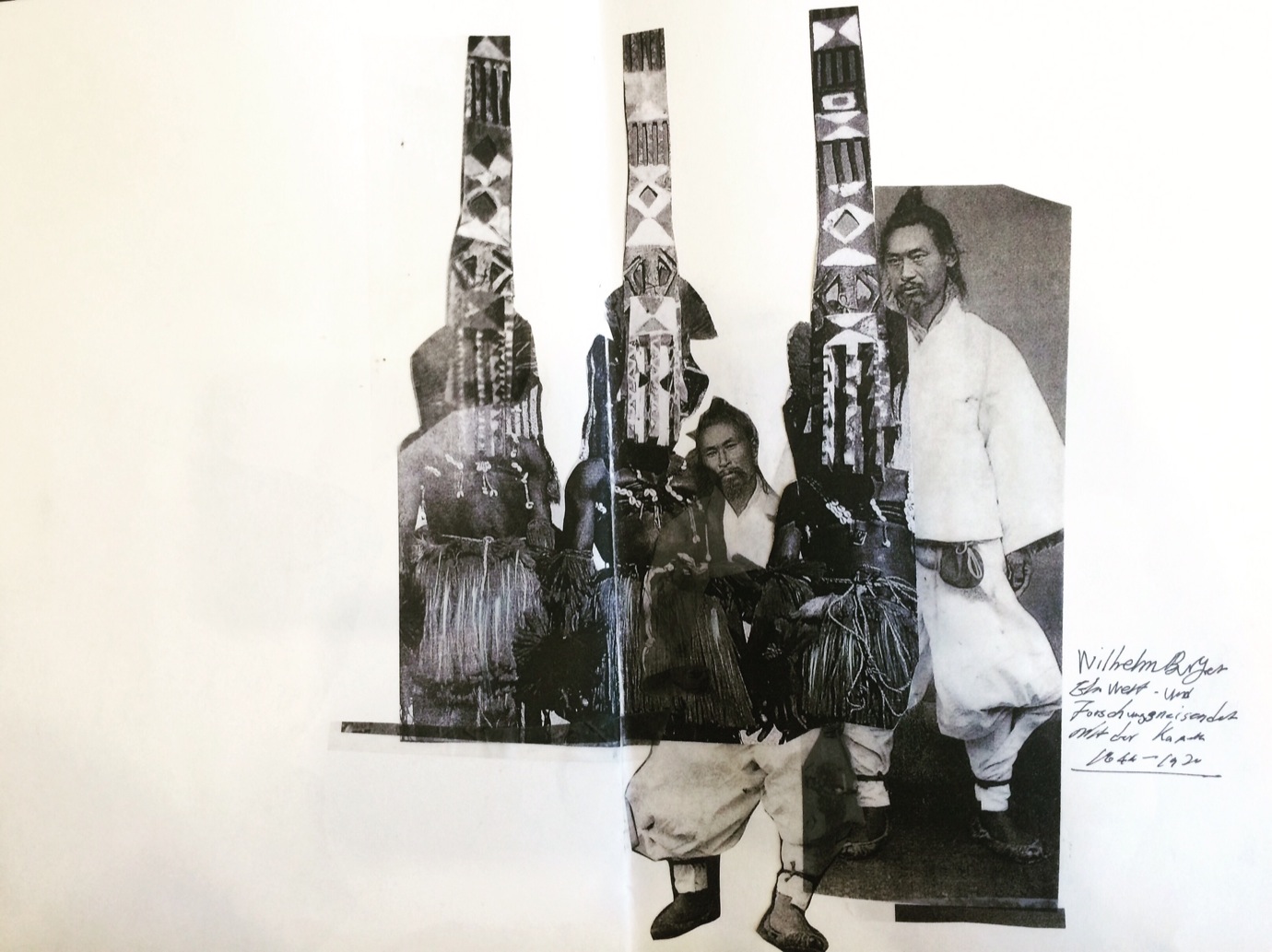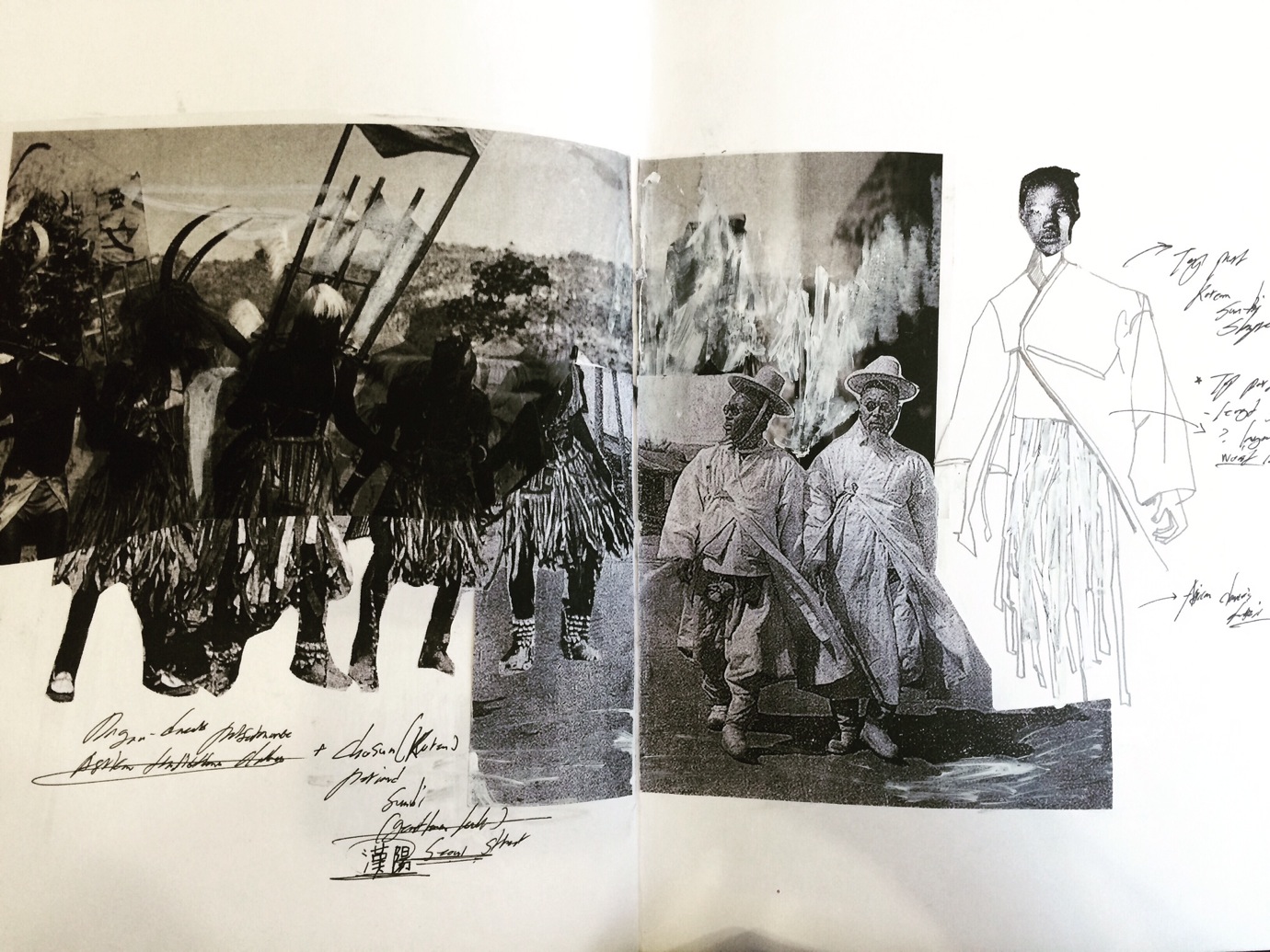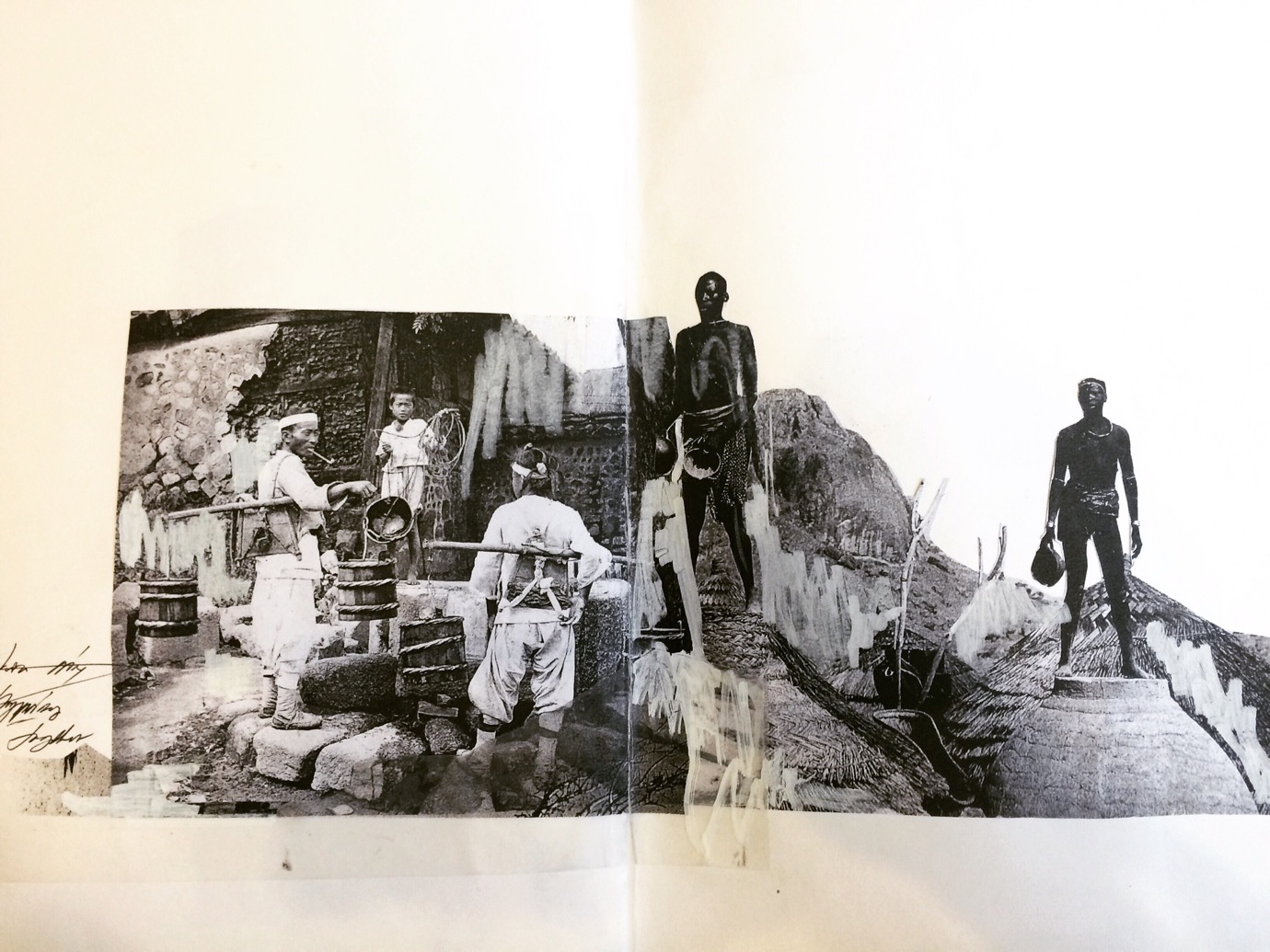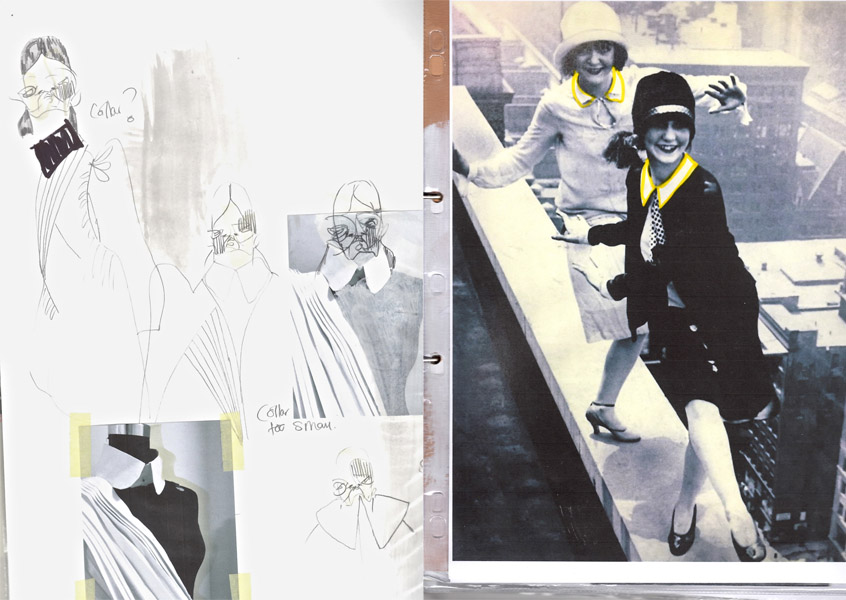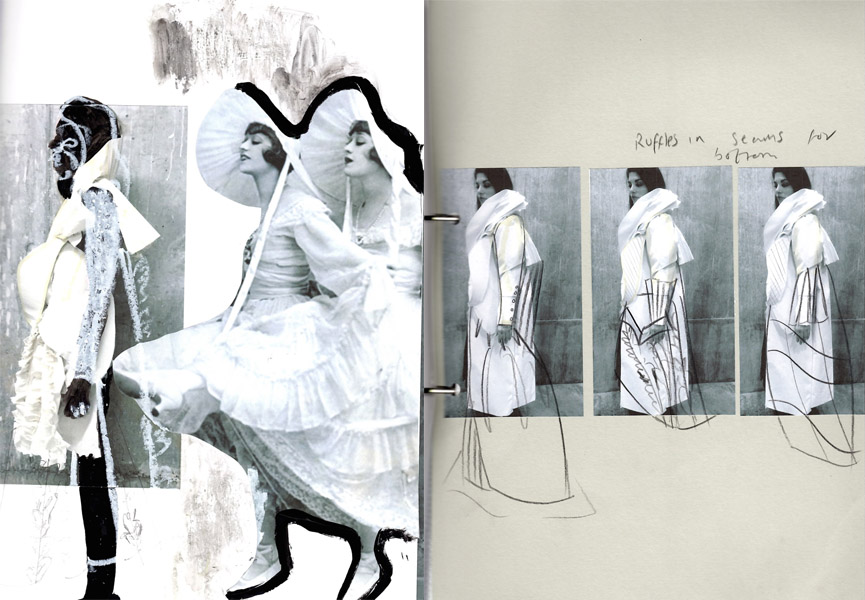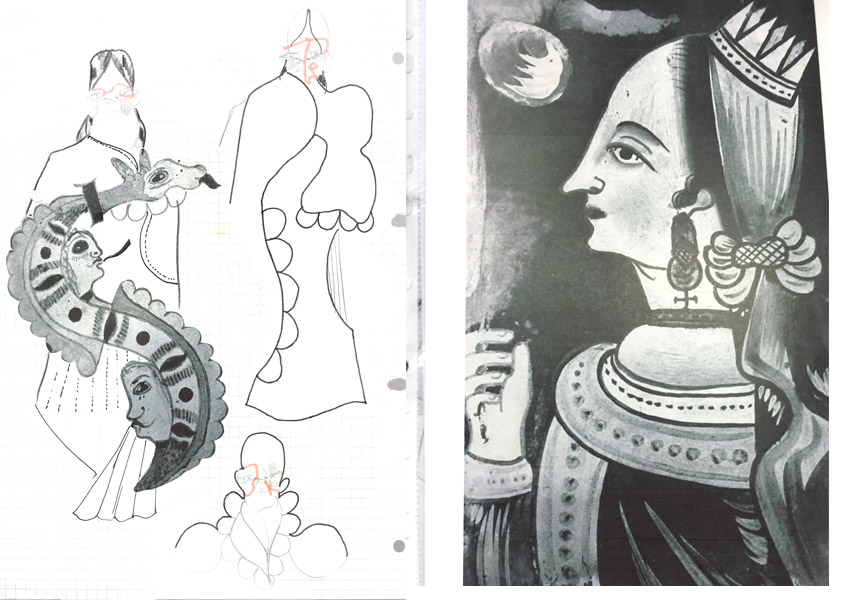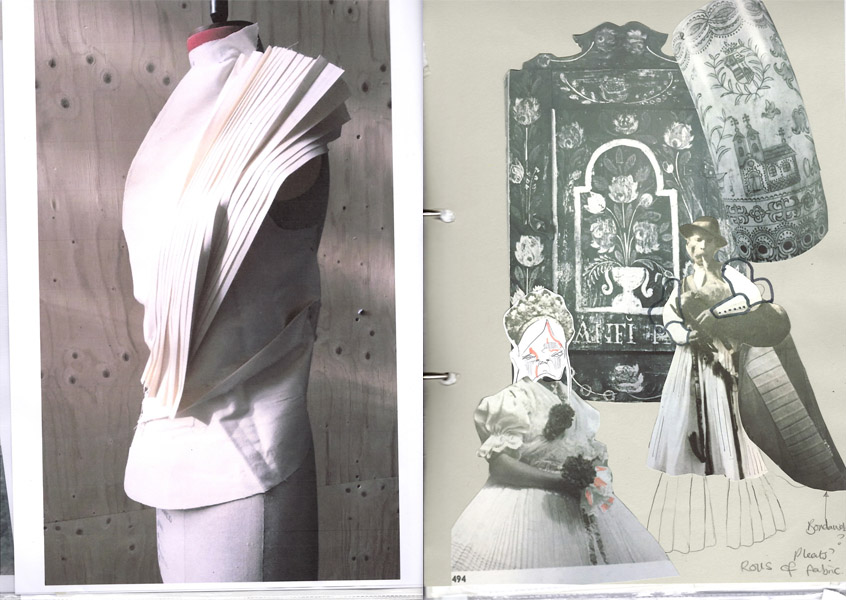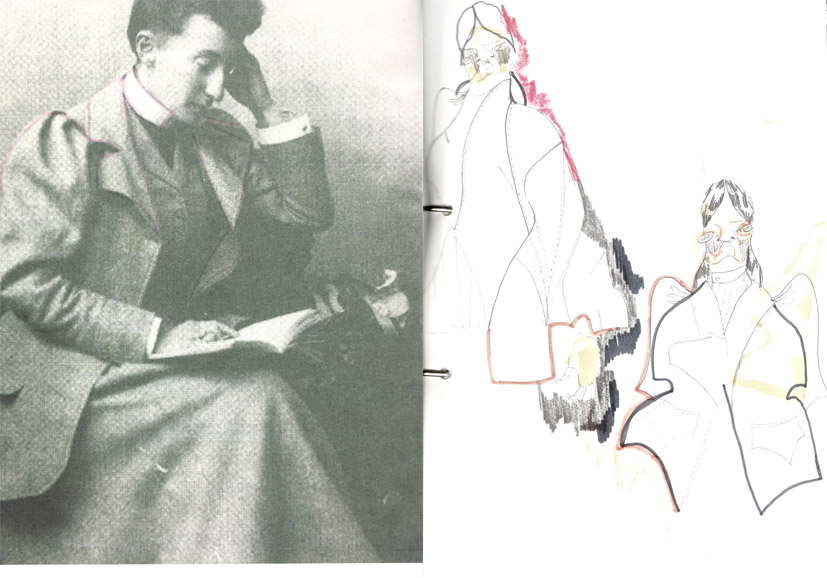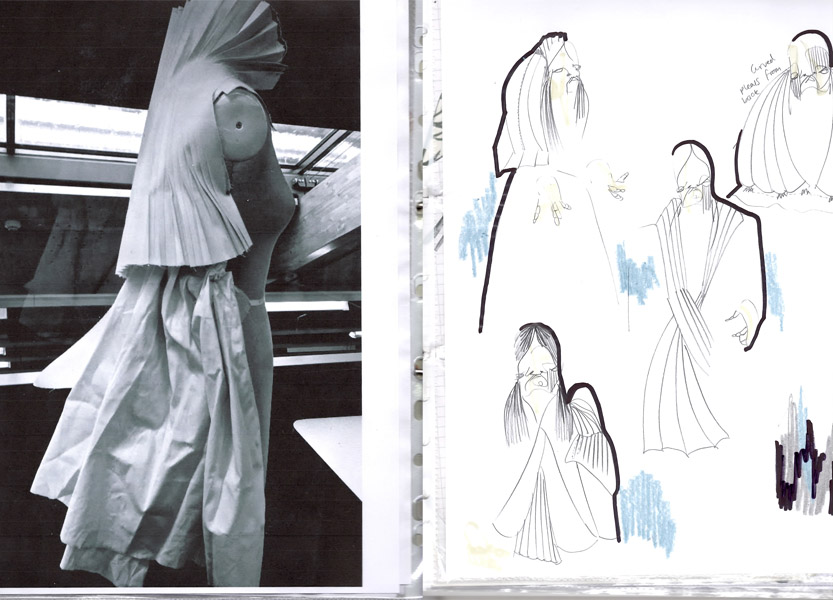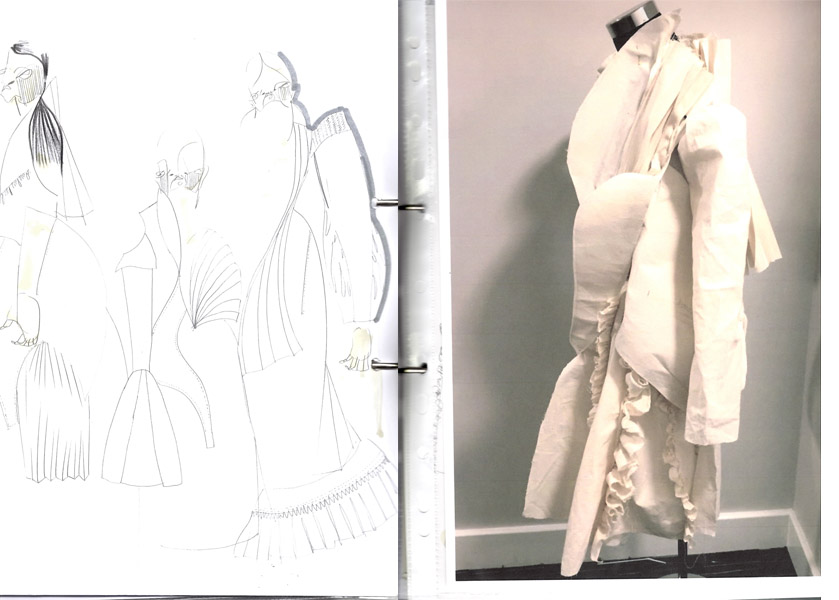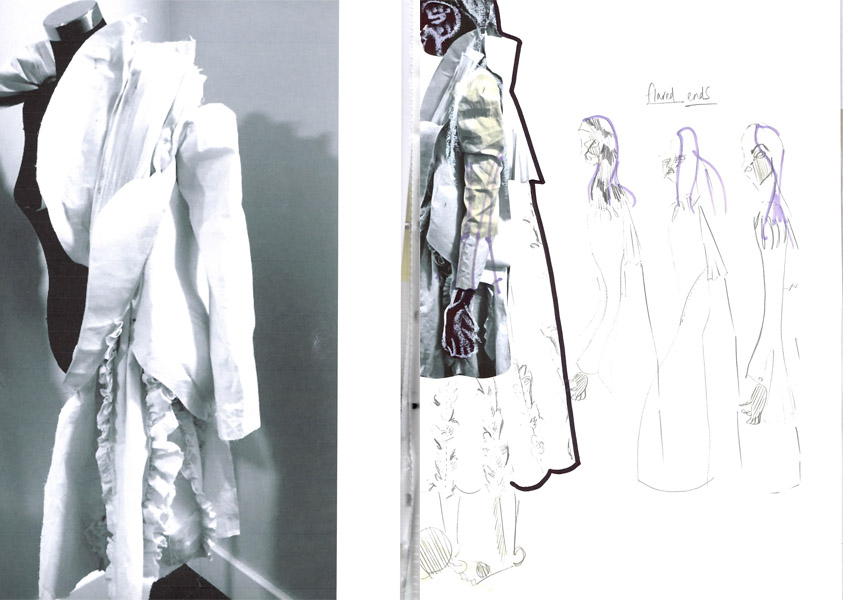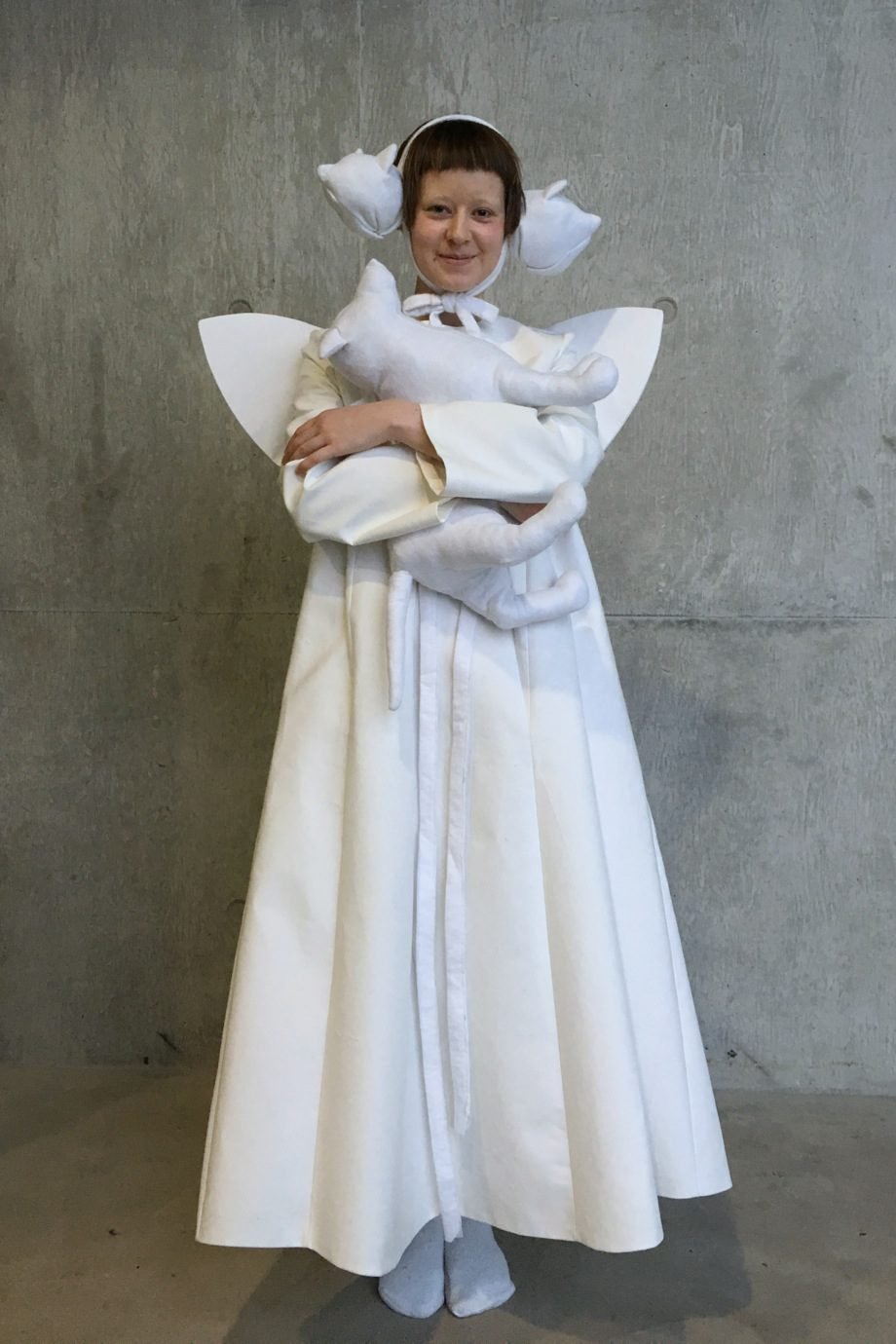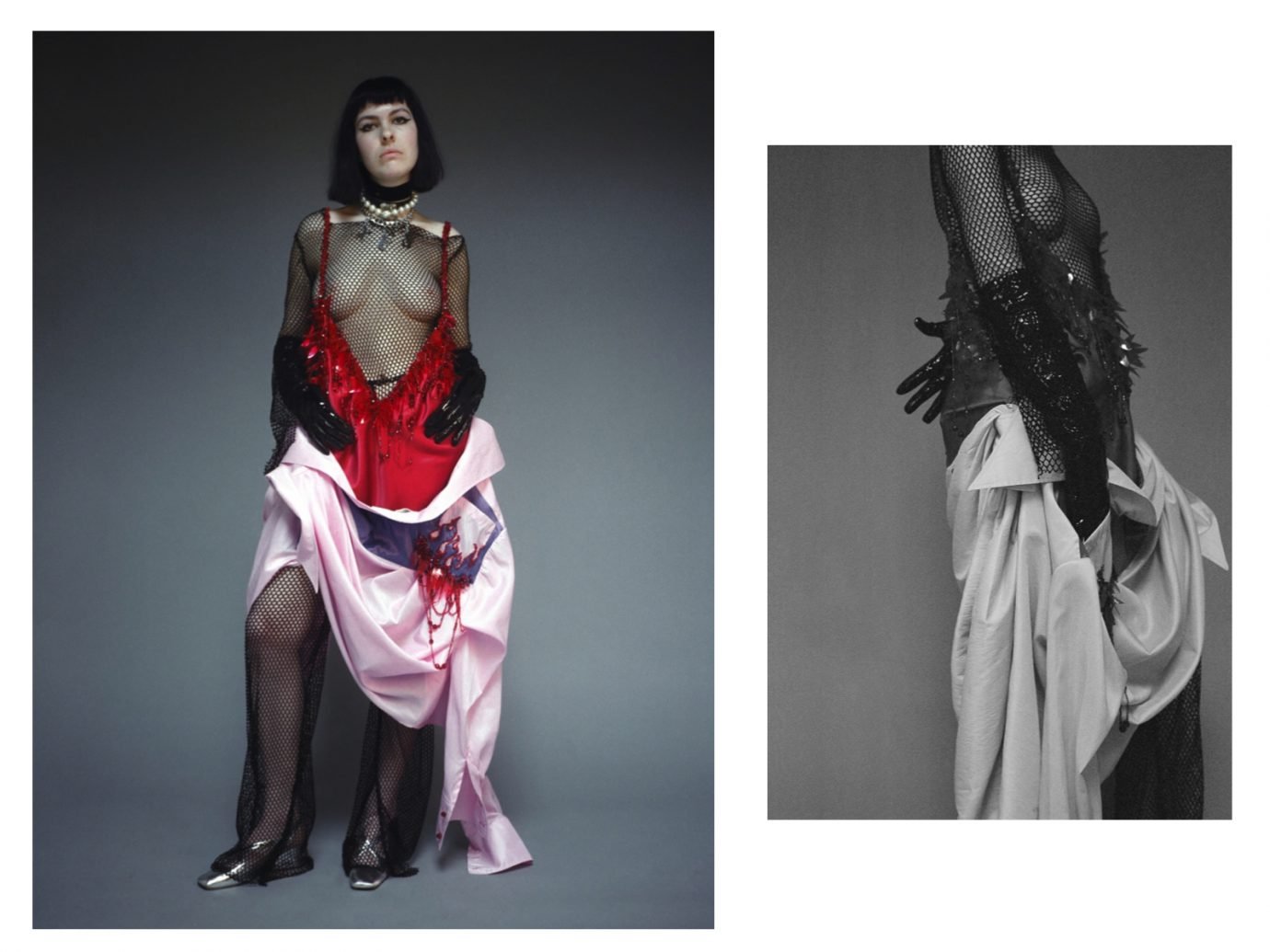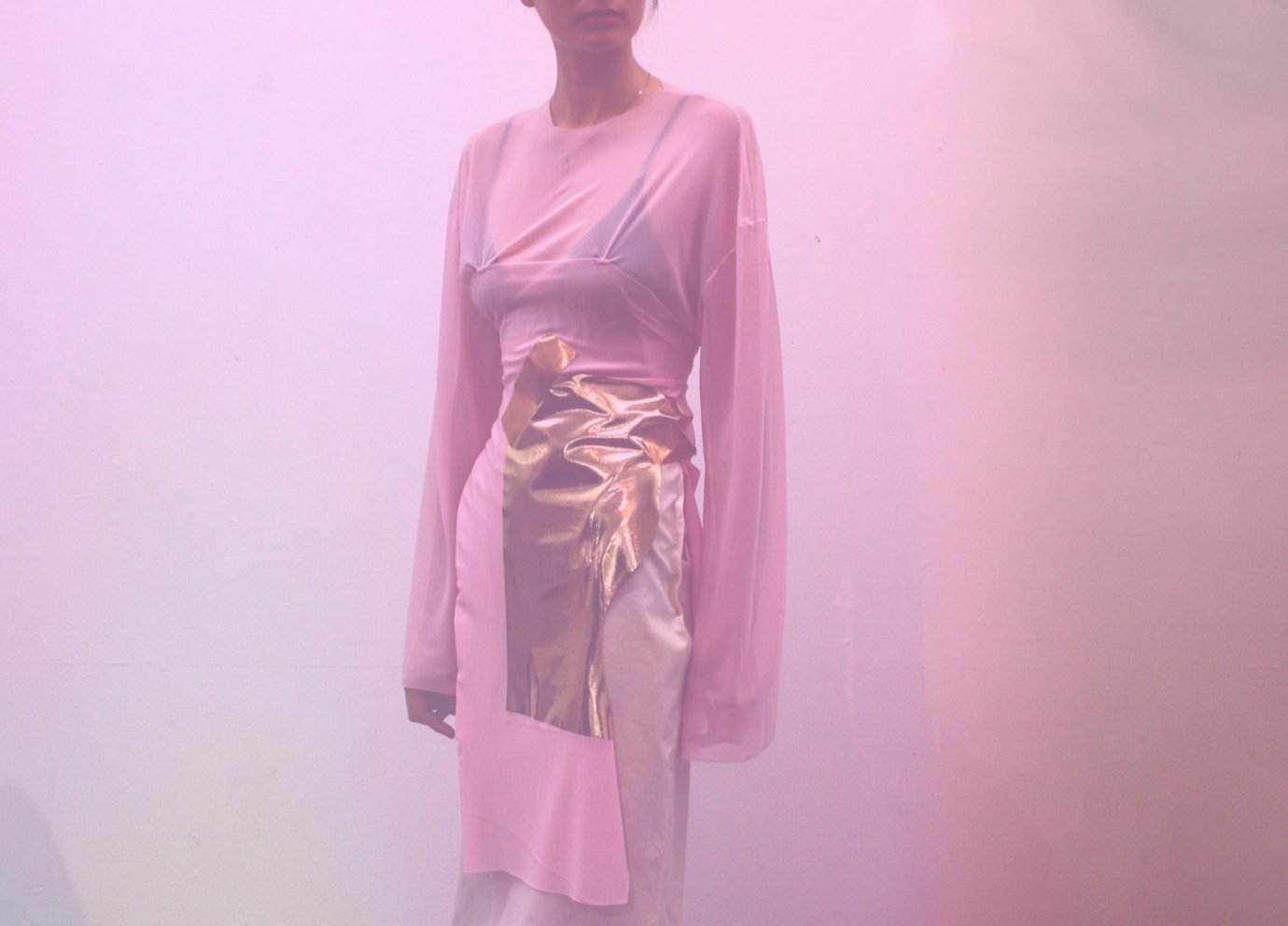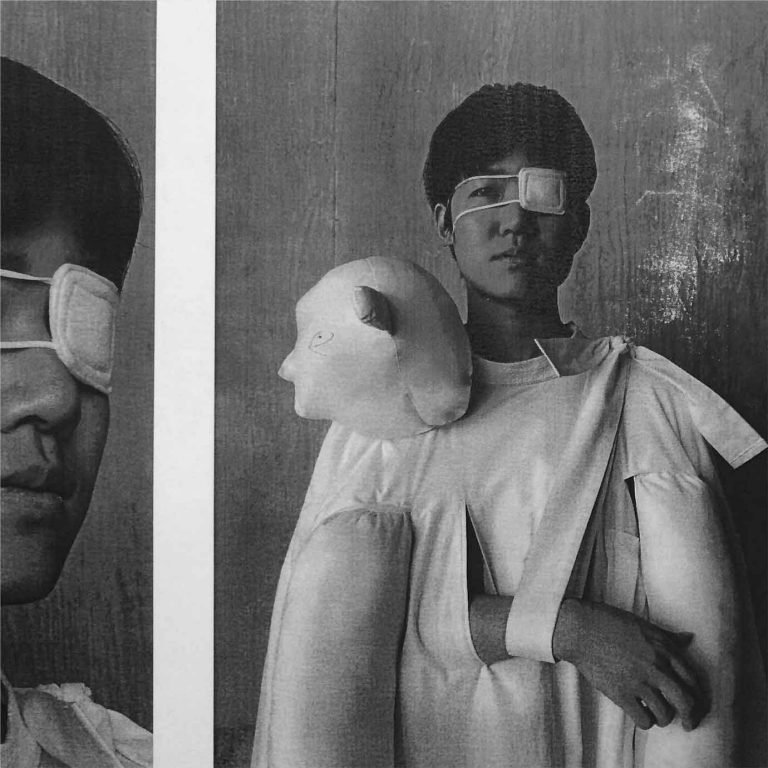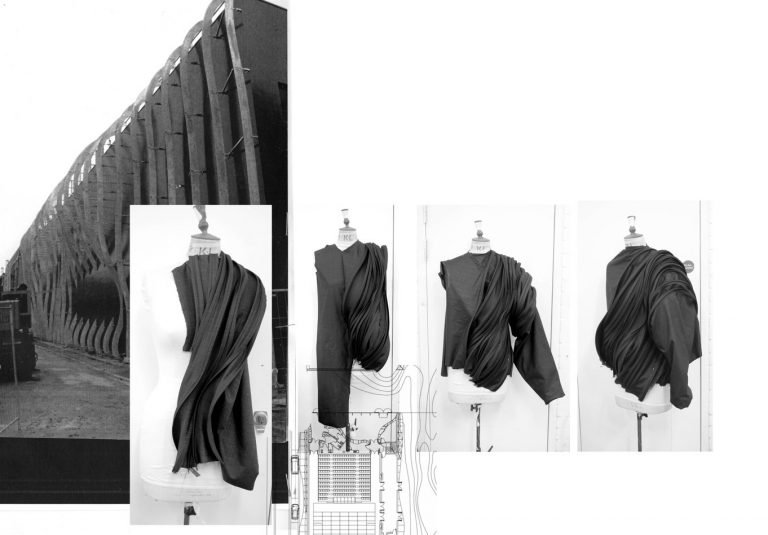The White Series: Ruka Kawai, Sungwon Hong, Daniel Kellaway-Moore
SUNGWON HONG
The BA FDM student tells us about how African culture, comic books and verticality inspired his White project.
“The lives of my parents have considerably influenced me,” starts SungWon Hong. The twenty-eight year old student from Busan, South Korea, tells us how he has always been surrounded by fashion. As his father is the owner of a fabric company, SungWon grew up observing the repetitive movement of the fabric machines, the incessant moves of threads and the manufactured products. “I grew up feeling attracted to the fabrics and their smell while they were being manufactured.” He remains entranced with fabrics, and explains that colours have been an important feature in his work.
Even if he thinks this experience will help him in the future, Hong confesses that working with white only made him feel as if all his work turned from being 3-dimensional to be 2-dimensional. This project has been challenging for him since his inspiration, The Dogon tribe’s traditional costumes, are particularly colourful. “Personally, I do research on a daily basis,” Hong says. “Among the projects that I did in the foundation, one was about African culture and I always wanted to do research on this subject. I first found out about the Dogon tribe after I went to the exhibition ‘West Africa: Word, Symbol, Song’ in the British Library.”
As well as the Dogon tribe, Hong was influenced by his increasing knowledge of the African culture. Verticality seems to be another fundamental aspect of his work. “I think this is very much related to my personality,” says Hong. Exaggeration and elongation played a key role within his design. Highlighting the vertical aspect helps him to set the standard and it makes the whole outfit look more organised. “Actually, I have never thought of myself as a person who emphasised vertical aspects considerably, until I was asked this question. After reading this question, I looked at my past projects again and I surprisingly realised how I actually usually highlight the vertical aspect,” confesses the student.
When asked about the place in which he finds inspiration, Hong concludes: “There is a comic room in Korea where you can read comic books as much as you want, with an hourly payment. Up until now, I often used to go there, read comic books for several hours and get new ideas from them.”
Daniel Kellaway-Moore
The Fashion Knitwear student talks about how lovers, the Dolly Twins and the idea of separation inspired his White project.
Daniel described his first year on Foundation as an “insane experience” and “one which he will never forget”. This being his first show, it is only one of the challenges he has faced since he started studying BA Fashion Knitwear. Daniel prefers not to have a definite style in this first year, but to explore them all and keep trying everything out, even if it doesn’t work. “During foundation I had a very strong style, but the BA tutors have really pushed me to develop and make things I would never have thought I could do – so it’s amazing to see how I have progressed in only 3 months. I think it’s nice to take something from every project and every tutor, develop it, and put it into a mixing bowl.”

